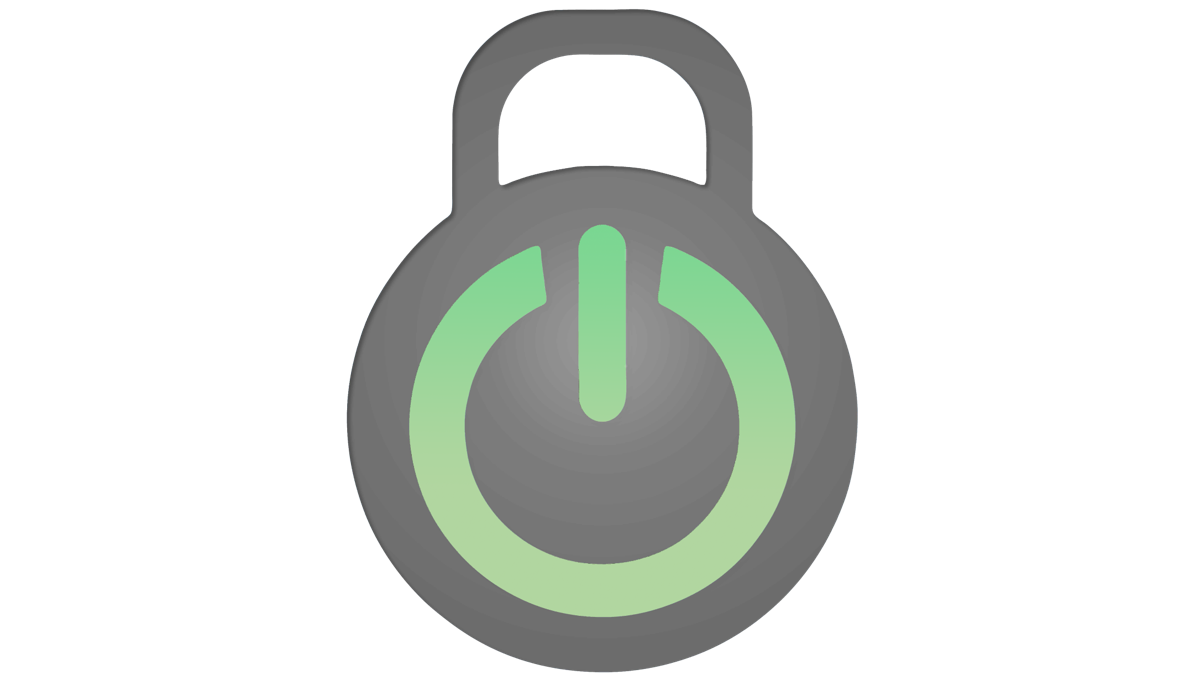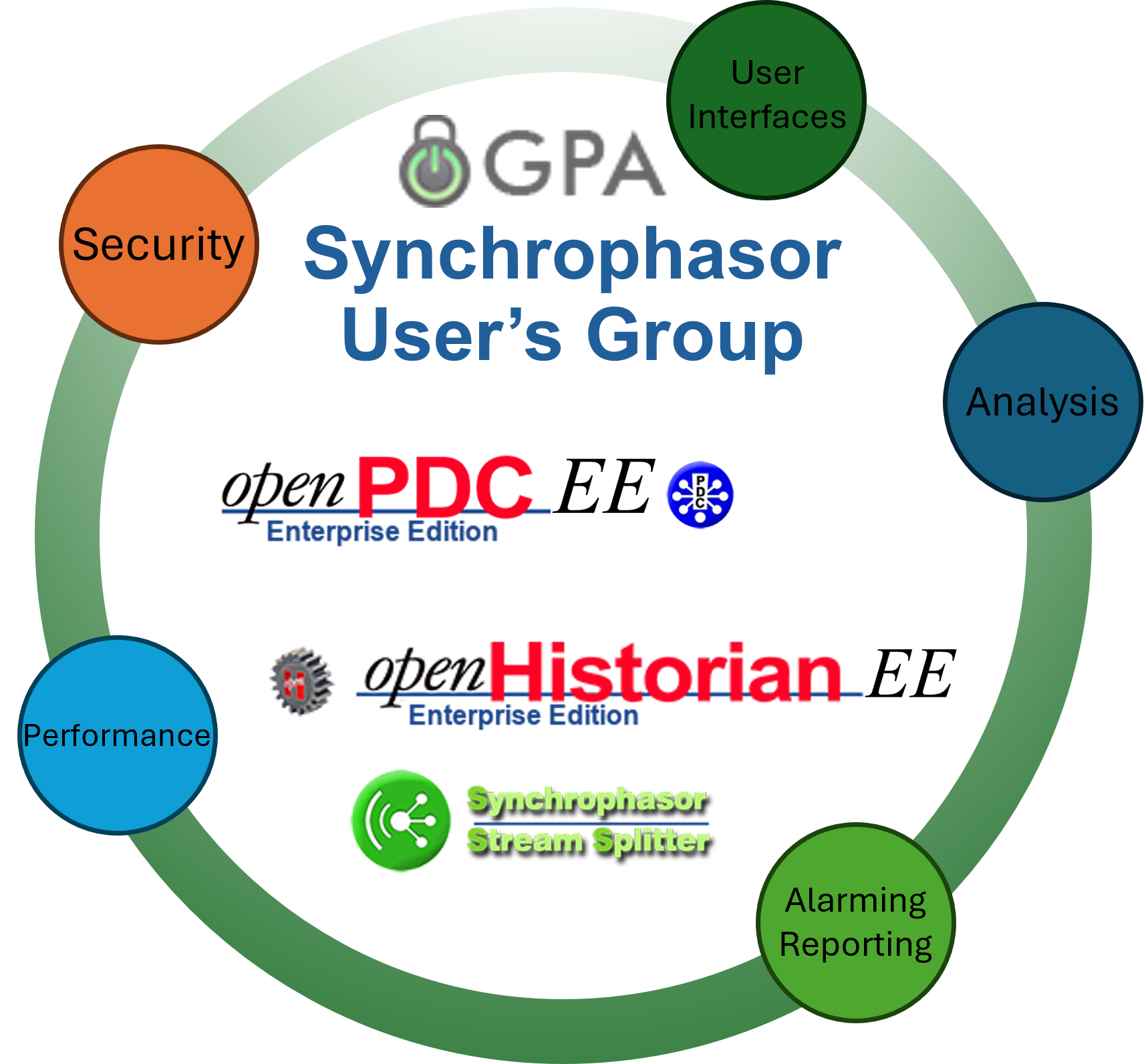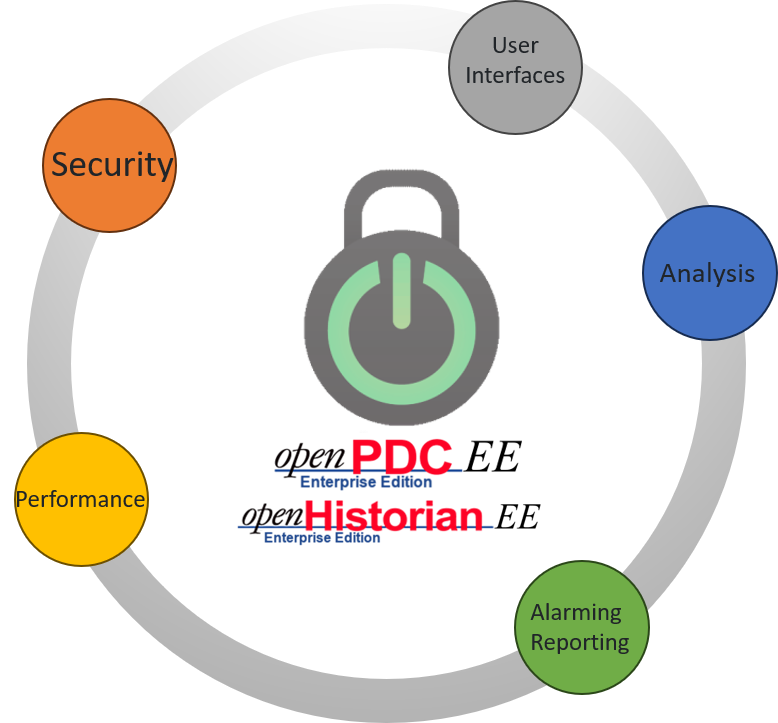Grid Protection Alliance News
Users Group
Synchrophasor User's Group is Back
We are exctied to finally host our synchrophasor usersgroup meeting again.
Read moreMost Recent

Vulnerability
Update to CISA WiX Toolset Vulnerability
Addressing the CISA WiX toolset Vulnerability (CVE-2024-25810) as it relates to GPA products.

Users Group
Synchrophasor User's Group is Back
We are exctied to finally host our synchrophasor usersgroup meeting again.

Product Preview
New Generation of GPA Synchrophasor Products
GPA is announcing a new generation of synchrophasor products, including brand new verions of openHistorian and openPDC
Previous News
April 2024
Update to CISA WiX Toolset Vulnerability
April 2024
Synchrophasor User's Group is Back
February 2024
New Generation of GPA Synchrophasor Products
February 2024
Response to CISA Wix Toolset Vulnerability
January 2024
Annual SE PQ Users Group
September 2023
September 2023 PQ Dashboard User's Group
March 2023
February 2023 PQ Dashboard User's Group
December 2022
What does ChatGPT have to say about the openPDC?
December 2022
December 2022 PQ Dashboard User's Group
December 2022
GPA System Maintenance
October 2022
September 2022 PQ Dashboard User's Group
August 2022
GPA Launches New Website
April 2022
April 2022 PQ Dashboard User's Group
January 2022
Response to Grafana Vulnerability Update
December 2021
Response to CISA Apache Log4j Vulnerability Update
August 2021
Preview of openMIC EE
May 2021
